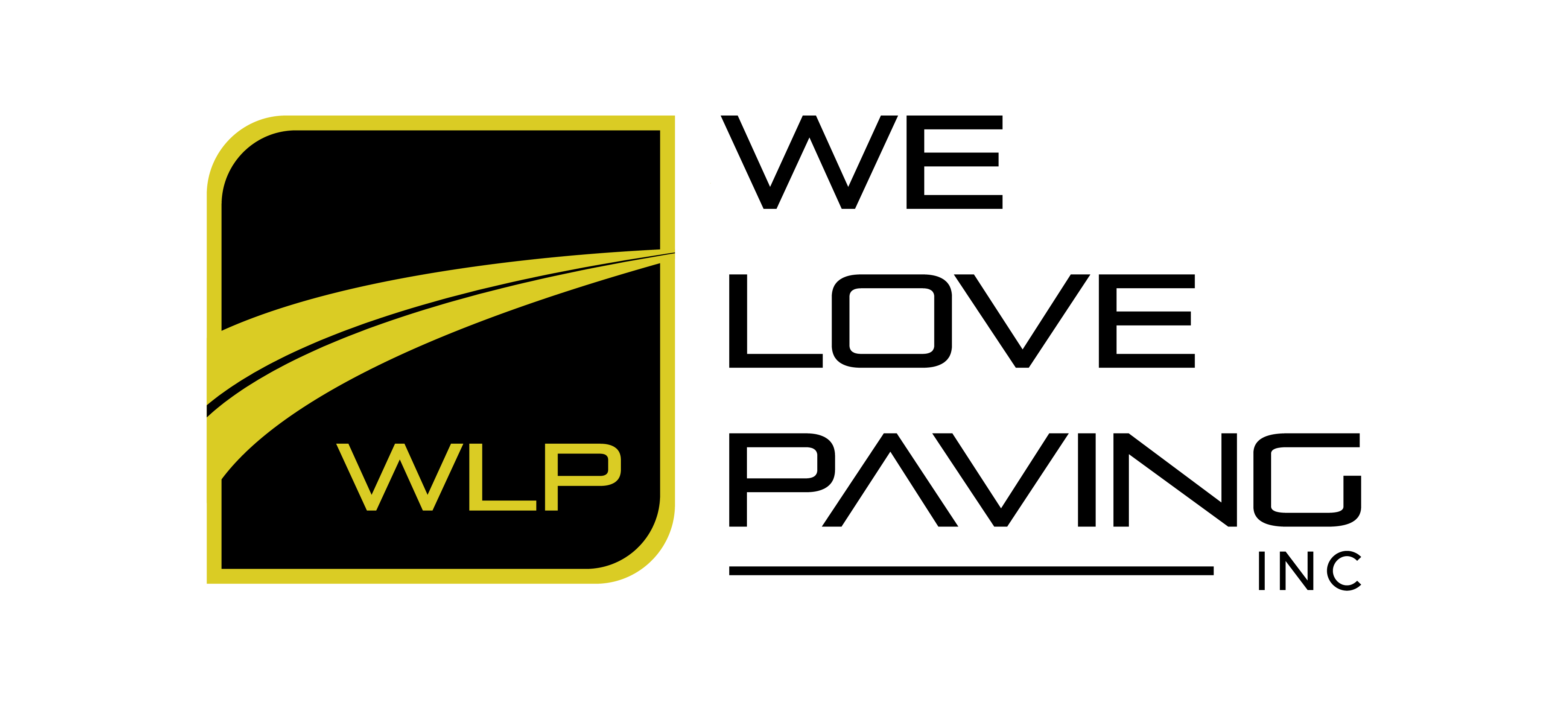When it comes to pavement maintenance, the biggest mistake property managers and HOA boards make isn’t ignoring the asphalt — it’s budgeting the wrong way.
Most budgets focus on reacting to damage instead of preventing it. And that single habit can multiply your long-term costs by 5 to 10 times.
Let’s break down how lifecycle costing helps you protect your budget — and your parking lot — year after year.
🧱 What Is Lifecycle Costing?
Lifecycle costing is the process of planning maintenance and repairs across the entire lifespan of your pavement, not just reacting when it fails.
It’s like routine checkups for your pavement: small, scheduled interventions that save you from major surgeries later.
A typical asphalt surface lasts 20–25 years — if it’s maintained on schedule. Without regular sealcoating and crack filling, that lifespan can drop by half.
📉 The Cost Curve: Preventive vs. Corrective Work
Here’s what the math says:
| Type of Work | Frequency | Cost Impact | What Happens If You Skip It |
|---|---|---|---|
| Crack Filling | Every 1–2 years | 💲 (Lowest cost) | Water seeps in, cracks widen |
| Sealcoating | Every 3–5 years | 💲💲 | Oxidation & surface wear accelerate |
| Patching & Overlay | Every 8–12 years | 💲💲💲 | Structural damage begins |
| Full Replacement | 15–20+ years | 💲💲💲💲💲 | Complete failure of pavement |
💡 Rule of Thumb:
$1 spent on preventive maintenance saves $5–$10 in future repairs.
🔍 How to Build a Smarter Maintenance Budget
-
Start with a Pavement Assessment – Have your surface professionally inspected for cracks, drainage, and oxidation.
-
Create a 5–10 Year Plan – Spread out smaller, predictable expenses instead of facing one major rebuild.
-
Combine Services Strategically – Crack fill + sealcoat cycles extend life significantly when done together.
-
Track Aging by Zone – Divide your property into sections with separate maintenance timelines.
-
Partner with a Contractor Who Thinks Long-Term – At We Love Paving, we don’t just fix — we forecast.
📈 Real Example: The $1 vs $10 Lesson
A property in California skipped crack filling for four years to “save budget.”
Result: cracks widened, water reached the base layer, and the pavement failed.
-
Preventive plan would’ve cost: $7,500 total.
-
Reactive overlay and patching: $68,000.
That’s the price of postponing maintenance.
🧠 Why Boards and Property Managers Love Lifecycle Planning
-
Predictable Budgets – Know what’s coming, avoid surprise expenses.
-
Longer Pavement Lifespan – Each preventive cycle adds 3–7 years.
-
Less Disruption – No emergency repairs or blocked access.
-
Professional Credibility – You look informed and proactive to your board or residents.
Before repaving, make sure you understand what you should lay under asphalt
✅ The Smart Move: Get a Lifecycle Maintenance Plan
If your pavement hasn’t been inspected in the last 12 months, you’re already behind the curve.
Our team can create a custom lifecycle plan for your property — free of charge.
📅 Book your free assessment today and protect your pavement (and your budget) before the next rainy season.

